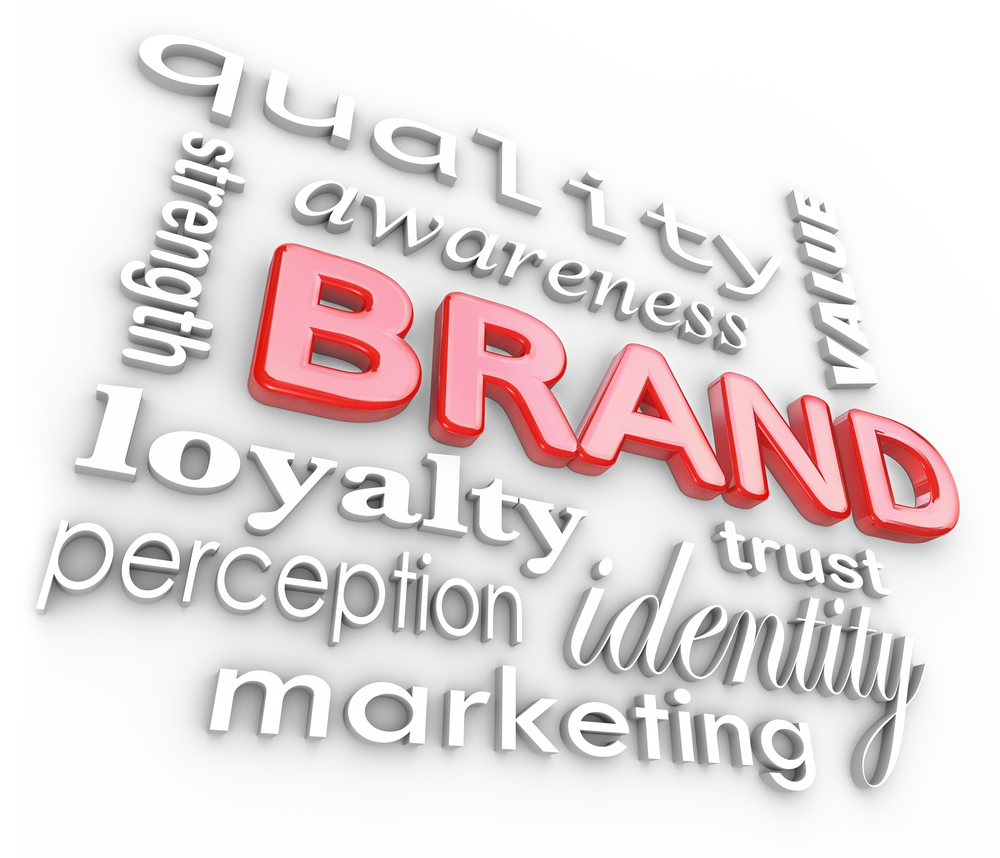5 Ways to Maintain An Authentic Brand
What does it mean for your brand to be authentic? Why is brand authenticity important? Why should you care if your brand is perceived as authentic?
Brand authenticity if fulfilling your brand promise at every customer touch point at every interaction with a brand on a consistent basis. In short, brand authenticity can be summed us as practicing what you preach. An authentic brand is trustworthy and faithful to its core mission and has a higher objective beyond profits.
If our brands are the foundation of our business, there should never be a question about how to live as an authentic brand. As a business owner, it is imperative to resist external forces, short cuts and quick fixes as we establish and manage our brand.
Here are five ways to maintain the authenticity of your brand?
- Clearly Define Your Brand
What is your brand’s promise and is your brand promise relevant to your customers? How do you execute your brand’s promise during business transactions? Does your brand represent the ideas and vision for your business?
As a business owner, you must define your brand or others will do it for you. Your customers, competitors and everyone else you will talk about your brand. It is important to lead, engage and manage the conversation about your brand. An authentic brand is purpose driven and motivated to serve its customers with excellence.
- Believe In What You Are Doing
The culture you create for your brand is important to how you will live your brand’s promise. Build and nurture your brand’s culture based on your ideals, beliefs, and vision. Conduct business with people who share a common purpose, who value your brand’s promise and who are passionate about your business.
Try not to embrace ideas, customers and opportunities that do not align with your brand. While it is important to generate revenue, make profits and build your brand, comprising your brand will not benefit you in the short or long-term. Remember, to thine own brand, be true.
- Constantly Tell Your Story
In the book, “Start With Why: How Great Leaders Inspire Everyone To Take Action”, Simon Sinek states, “People don’t buy what you do; they buy why you do it. And what you do simply proves what you believe.” What you believe is why you started your business and how you will solve your customers’ problems and provide solutions is foundational to your brand. Your story is always relevant to your customers and they want to connect with you in unique ways. Your store is the differentiator between you and your competitors.
- Create Friends, Not Customers
Customers require emotion, authenticity and loyalty from companies. In order for brands to thrive, customers require authentic relationships. When your brand creates friends instead of customers, a community of brand ambassadors is created. Your brand ambassadors will spread your brand’s message effectively and often. Friends will believe in what your brand is doing. The relationship with a friend goes beyond transactions and develops into lasting, reciprocal ways that can be mutually beneficial for all parties. When friends trust your brand, they do not hesitate to do what is right for your business and challenge you to serve as role models for them as well as other brands.
- Innovate and Inspire
Customers are looking for brands to develop, implement and communicate new solutions to new problems and inspire customers to change their paradigms about existing problems while utilizing new solutions. An authentic brand is a catalyst for change and should be excited about discovering and developing new ways to service customers. Innovation is not only a competitive advantage for brands, but also fosters leadership with customers. When brands innovate, they can position themselves as industry leaders and serve as experts.
An authentic brand is a necessity to survive, grow and remain relevant.
